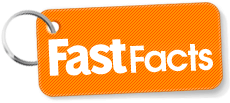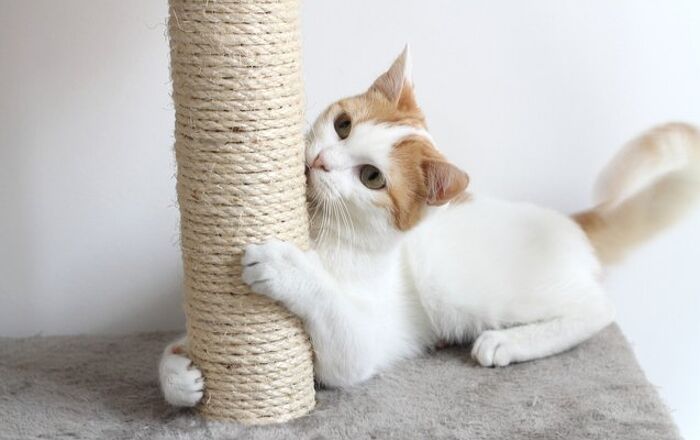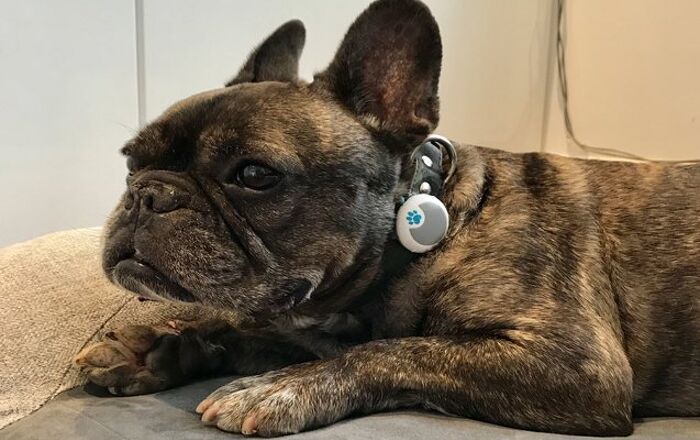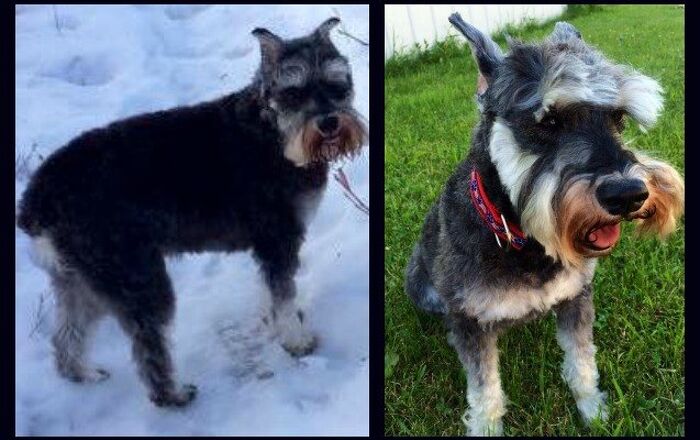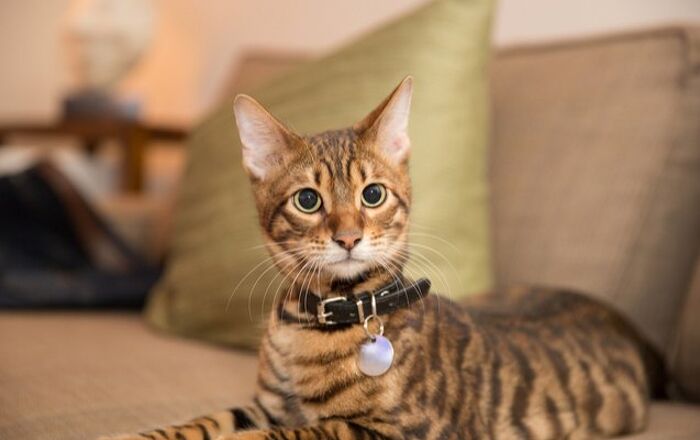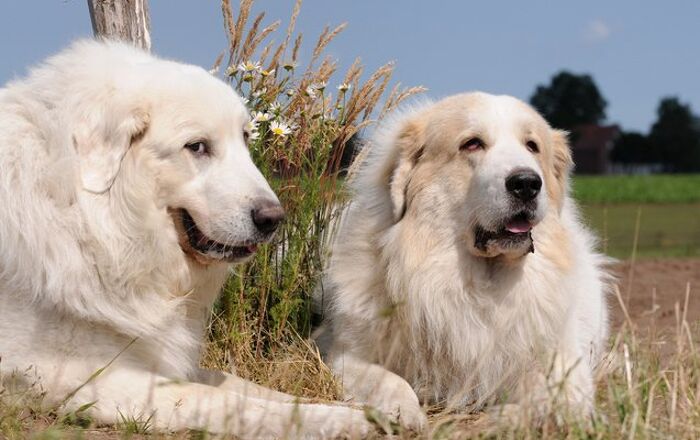
Eastern Painted Turtle General Info
The Eastern Painted Turtle is an attractive pet turtle breed that is ideal for beginners. These turtles are small and easy to keep in an indoor or outdoor enclosure.
The Eastern Painted Turtle is an attractive pet turtle breed that is ideal for beginners.
Native Habitat

Eastern Painted Turtles can be found in environments from Maine all the way down the northeastern coast to North Carolina. These animals have also been found even farther south in South Carolina and in Georgia, but they are typically found to the east of the Appalachian Mountains.
These turtles prefer making their home in permanent ponds. You can also find them in farm ponds and beaver ponds. Occasionally, you will find these turtles in the slow-moving areas of rivers as well.
Overall Description
The carapace of an Eastern Painted Turtle is oval, keelless, flattened, and smooth. The widest and highest points of the carapace will be in the center.
This turtle’s plastron will not typically have a pattern, but some turtles might feature dark figures that vary in size and design and border the midline. Also, the plastron will be hingeless and a bit shorter than the carapace.
Juvenile Eastern Painted Turtles will look like adults, but their carapace will be more round until they are 2 years old.
The carapace of an Eastern Painted Turtle is oval, keelless, flattened, and smooth.
Colors
An Eastern Painted Turtle will have a carapace that can range from olive to black in color. It will also have red or yellow borders, along with red markings, usually in the form of crescents or bars, on the marginals. The plastron is yellowish in color.
The skin will be black to olive in color as well. The legs, tail, and neck will be striped with yellow or red colors. The head, too, will be striped with yellow, and there will be a yellow line extending towards the back, starting from below the turtle’s eyes. There may also be a similar line at the lower jaw. And a yellow streak is found on either side of the head behind the animals’ eyes. You will also notice that the chin has two yellow lines that are wide and meet at the jaw’s tip.
Environment

The Eastern Painted Turtle is an active swimmer, so the tank you provide your pet with should be as large as possible. Whether you house your turtle inside or outside, a single juvenile or baby turtle should have at least 10 gallons of water volume to call his own. This translates to at least a 15 or 20 gallon tank filled with 10 gallons of water. If you plan on adding more baby turtles, add 5 gallons of water volume for each one. A single adult turtle should have at least 20 gallons of water volume, and each additional turtle should have another 10 gallons of water volume.
Because Eastern Painted Turtles like to bask, you will need to provide your pet with a solid platform or a sloping log that will give him the space necessary to be completely out of the water. You can try an egg crate material or plastic grating for the platform, as this won’t be abrasive to the plastron, and it will also allow the turtle’s body to dry completely. For basking, you should also have a light that warms the basking spot to around 85-95°F.
The depth of the water in your turtle’s tank should not be any less than roughly twice the width of your pet’s shell. There should also be hiding spots under the water, provided by things like plastic plants or non-toxic live plants, but avoid any tank décor that would potentially cause your turtle to become trapped and drown.
You can leave the bottom of your turtle’s tank bare or you can use a substrate, such as gravel or sand, if you wish to provide a more natural looking enclosure. When choosing a substrate, go with one that has particles that are either small enough that they’ll easily pass through the animal’s digestive tract if swallowed, or too large to be swallowed in the first place.
Add a UVA/UVB light to your turtle’s enclosure, unless your turtles will be outside and will get adequate amounts of natural sunlight. In terms of temperature, the water should be heated to 75-80°F, and the ambient air should be 80-85°F.
Eastern Painted Turtles typically showcase a pleasant disposition, and they are energetic and active.
Care Requirements
Eastern Painted Turtles prefer an omnivorous diet, so they will enjoy eating green leafy vegetables and aquatic plants, such as water hyacinth, duckweed, elodea, and water lettuce. They also like to eat fish and insects like crickets and earthworms. You can also provide a commercial pelleted turtle diet. When eating, these turtles will have to swallow the food while underwater.
Behavior
Eastern Painted Turtles typically showcase a pleasant disposition, and they are energetic and active, so they make great family pets. However, you shouldn’t expect these animals to be social with people. You should only handle your turtle when necessary because handling will be stressful to your pet.
You can house more than one Eastern Painted Turtle in the same enclosure, and you can even include turtles of other species if they have similar requirements. Both males and females, however, can be dominant or show aggressive behavior over territory, so you have to give them plenty of space and hiding places.
Photo credit: thedoggdakdes77/Bigstock; Kjersti/Bigstock; Jay Ondreicka/Bigstock
